Todd J Kent
age ~41
from Philadelphia, PA
- Also known as:
-
- Todd K Kent
- Phone and address:
- 2036 Carpenter St, Philadelphia, PA 19146
Todd Kent Phones & Addresses
- 2036 Carpenter St, Philadelphia, PA 19146
- 4057 Ludlow St, Philadelphia, PA 19104 • 2152222311
- Phila, PA
- New York, NY
- 5 Heather Ln, Cherry Hill, NJ 08003 • 8564246794
- 5 Heather Ln, Cherry Hill, NJ 08003 • 8563048628
Work
-
Position:Personal Care and Service Occupations
Isbn (Books And Publications)

Foundations of Education: The Challenge of Professional Practice
view sourceAuthor
Todd W. Kent
ISBN #
0205294294

Will Technology Really Change Education?: From Blackboard to Web
view sourceAuthor
Todd W. Kent
ISBN #
0803966555

Will Technology Really Change Education?: From Blackboard to Web
view sourceAuthor
Todd W. Kent
ISBN #
0803966563
Name / Title
Company / Classification
Phones & Addresses
Project Manager
SYNAPSE GROUP, INC
Ret Records/Cd's/Tapes · Other Direct Selling Establishments
Ret Records/Cd's/Tapes · Other Direct Selling Establishments
225 High Rdg Rd, Stamford, CT 06905
1271 Ave Of The Americas, New York, NY 10020
2035958255, 2035958253, 8885958255
1271 Ave Of The Americas, New York, NY 10020
2035958255, 2035958253, 8885958255
Us Patents
-
Suture Passer Guides And Related Kits And Methods
view source -
US Patent:20130310856, Nov 21, 2013
-
Filed:Mar 1, 2013
-
Appl. No.:13/781981
-
Inventors:Binh Bao Vu - Lansdale PA, US
David G. Reed - Langhorne PA, US
Todd J. Kent - Cherry Hill NJ, US
Craig Hidalgo - Langhorne PA, US -
Assignee:COOPERSURGICAL, INC. - Trumbull CT
-
International Classification:A61B 17/04
-
US Classification:606148
-
Abstract:This disclosure relates to suture passer guides and related kits and methods. In certain aspects, a suture passer guide includes an elongate member and a suture positioning member that can be radially extended from a distal end region of the elongate member and rotated relative to the elongate member such that the suture positioning member can reposition a suture from a first side area of the elongate member to a second side area of the elongate member.
-
Surgical Device
view source -
US Patent:20130289586, Oct 31, 2013
-
Filed:Mar 15, 2013
-
Appl. No.:13/832967
-
Inventors:Bob CARGILL - West Deptford NJ, US
Todd J. KENT - Cherry Hill NJ, US
David George REED - Langhorne PA, US
Binh Bao VU - Bristol PA, US
Craig HIDALGO - Langhorne PA, US -
Assignee:ZSX MEDICAL, LLC - King Of Prussia PA
-
International Classification:A61B 17/08
-
US Classification:606151
-
Abstract:A wound closure device for closing a surgical wound includes at least one compressive clip for applying pressure to a patient's tissue. The clip includes a first clamping arm, a second clamping arm, and a flexible pin maintained between the first and second clamping arms in a press-fit relationship. Each of the first and second clamping arms has a proximal first end, an opposing distal second end and a sidewall extending therebetween. The clip has a first position in which the proximal first ends of the first and second clamping arms partially engage or do not engage each other and a second position in which the proximal first ends of the first and second clamping arms pivotally engage each other. In the second position of the clip, a compressive force generated at the proximal first ends is transferred through the first and second clamping arms to the distal second ends.
-
Adjustable Combination Clamp Assembly
view source -
US Patent:20210100585, Apr 8, 2021
-
Filed:Oct 3, 2019
-
Appl. No.:16/592165
-
Inventors:- Raynham MA, US
Todd J. Kent - Cherry Hill NJ, US -
International Classification:A61B 17/64
-
Abstract:A bone fixation clamp includes a first clamp assembly, a second clamp assembly, an inner locking member, and an outer locking assembly. The first and second clamp assemblies are transitionable between open and closed configurations. The inner locking member is transitionable between a locked position and an unlocked position. In the locked position the inner locking member engages the first clamp assembly substantially preventing the first clamp assembly from transitioning from the closed configuration to the open configuration. The outer locking assembly is transitionable between a locked position and an unlocked position. In the locked position the outer locking assembly engages the first clamp assembly and the second clamp assembly substantially preventing both the first clamp assembly from transitioning from the closed configuration to the open configuration and the second clamp assembly from transitioning from the closed configuration to the open configuration.
-
Orthopedic Fixation Control And Manipulation
view source -
US Patent:20210077194, Mar 18, 2021
-
Filed:Oct 23, 2020
-
Appl. No.:17/078629
-
Inventors:- Raynham MA, US
Bernd Gutmann - Hassloch, DE
Kevin Clancy - West Chester PA, US
Dana Heavey - Coatesville PA, US
Tina Corey - Wallingford, PA, US
Todd Kent - Cherry Hill NJ, US -
International Classification:A61B 34/10
A61B 34/00
G06T 7/70
G06F 3/0484 -
Abstract:A fixation apparatus may be attached to first and second anatomical structure segments. Images of the fixation apparatus and the attached anatomical structure segments may then be captured. In some examples, the images need not necessarily be orthogonal with respect to one another. Configuration information associated with the fixation apparatus may then be received. Additionally, first image information may be received, for example including indications of one or more locations, within the images, of at least part of one or more elements of the fixation apparatus. Additionally, second image information may be received, for example including indications of one or more locations, within the images, of at least part of the first and the second anatomical structure segments. Manipulations to the fixation apparatus for correction of the anatomical structure deformity may then be determined, and indications of the determined manipulations may then be provided to one or more users.
-
Orthopedic Fixation Control And Manipulation
view source -
US Patent:20180055569, Mar 1, 2018
-
Filed:Aug 25, 2016
-
Appl. No.:15/247333
-
Inventors:- Raynham MA, US
Bernd Gutmann - Phillipsburg-Rheinscheim, DE
Kevin Clancy - West Chester PA, US
Dana Heavey - Coatesville PA, US
Tina Corey - Wallingford PA, US
Todd Kent - Cherry Hill NJ, US -
International Classification:A61B 34/10
G06T 7/00
G06F 3/0484
A61B 17/62 -
Abstract:A fixation apparatus may be attached to first and second anatomical structure segments. Images of the fixation apparatus and the attached anatomical structure segments may then be captured. In some examples, the images need not necessarily be orthogonal with respect to one another. Configuration information associated with the fixation apparatus may then be received. Additionally, first image information may be received, for example including indications of one or more locations, within the images, of at least part of one or more elements of the fixation apparatus. Additionally, second image information may be received, for example including indications of one or more locations, within the images, of at least part of the first and the second anatomical structure segments. Manipulations to the fixation apparatus for correction of the anatomical structure deformity may then be determined, and indications of the determined manipulations may then be provided to one or more users.
-
Surgical Device
view source -
US Patent:20160089144, Mar 31, 2016
-
Filed:Dec 10, 2015
-
Appl. No.:14/964835
-
Inventors:- Philadelphia PA, US
Todd J. KENT - Cherry Hill NJ, US
David George REED - Langhorne PA, US
Binh Bao VU - Bristol PA, US
Craig HIDALGO - Langhorne PA, US -
International Classification:A61B 17/08
-
Abstract:A wound closure device for closing a surgical wound includes at least one compressive clip for applying pressure to a patient's tissue. The clip includes a first clamping arm, a second clamping arm, and a flexible pin maintained between the first and second clamping arms in a press-fit relationship. Each of the first and second clamping arms has a proximal first end, an opposing distal second end and a sidewall extending therebetween. The clip has a first position in which the proximal first ends of the first and second clamping arms partially engage or do not engage each other and a second position in which the proximal first ends of the first and second clamping arms pivotally engage each other. In the second position of the clip, a compressive force generated at the proximal first ends is transferred through the first and second clamping arms to the distal second ends.
-
Surgical Clip Applicator
view source -
US Patent:20150196302, Jul 16, 2015
-
Filed:Jan 15, 2015
-
Appl. No.:14/597798
-
Inventors:- Philadelphia PA, US
Todd J. KENT - Cherry Hill NJ, US
David George REED - Langhorne PA, US
Binh Bao VU - Bristol PA, US
Eric SUGALSKI - West Chester PA, US
David SCHOON - Philadelphia PA, US
Jesse BUTCH - Philadelphia PA, US
Ryan MEERS - West Chester PA, US
Julian TROWBRIDGE - Philadelphia PA, US -
International Classification:A61B 17/128
A61B 17/122 -
Abstract:A surgical clip applicator includes a base housing having a body portion, a movable trigger, a cannula, and a clip application mechanism extending within and through at least a portion of a length of the cannula. The clip application mechanism includes a movable first linkage and a jaw rotatable about a pivot mount. A first actuation of the trigger causes the first linkage to be moved in a linear direction with respect to the body portion and the cannula and the jaw to be rotated in a first direction about the pivot mount, for placing the clip in an open position on the patient's tissue. A second actuation of the trigger causes the jaw to be rotated in second direction about the pivot mount, the second direction being opposite to the first direction, placing the clip in a closed position on the patient's tissue.

ToDd Kent
view source
Todd Kent
view source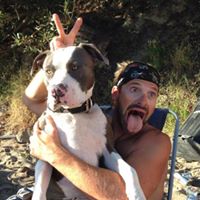
Todd Kent
view source
Todd Kent
view source
Todd Kent
view source
Todd Kent
view source
Todd Kent
view source
Todd Kent
view sourceMyspace
Googleplus

Todd Kent

Todd Kent
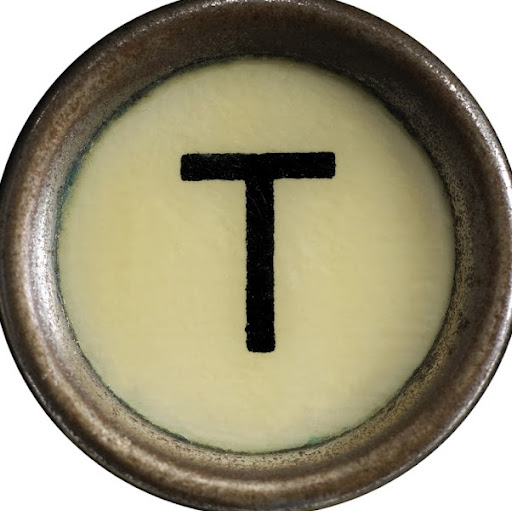
Todd Kent
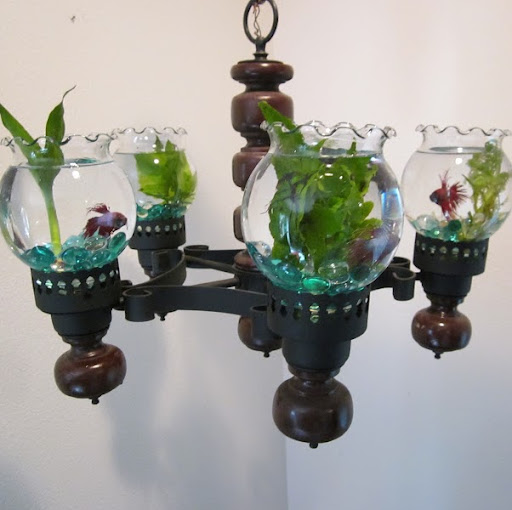
Todd Kent

Todd Kent

Todd Kent
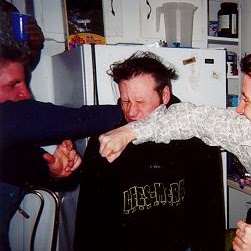
Todd Kent
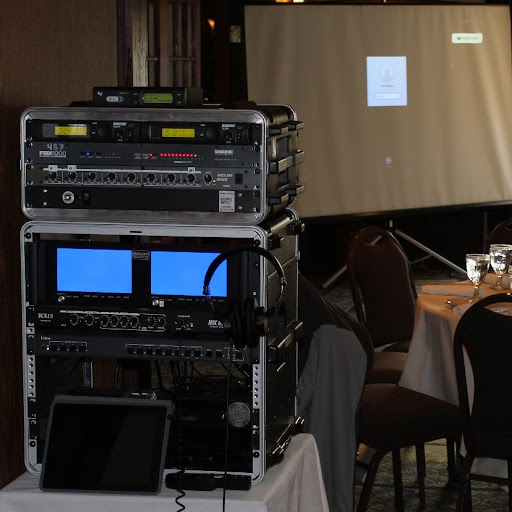
Todd Kent
Flickr
Youtube
News

Thousands rally for Romney's last-ditch Pa. bid
view source- "I think people are going to be shocked," said Todd Kent, 41, a Pittsburgh native who lives outside Reading and owns a furniture company. "He's definitely going to win it. ... He's going to take Ohio, and I think Pennsylvania's going to be real close."
- Date: Nov 05, 2012
- Category: U.S.
- Source: Google
Classmates

Todd Kent
view sourceSchools:
Black Hawk High School South Wayne WI 1973-1977
Community:
Scott Bartosik, Joyce Tullis

Todd Kent
view sourceSchools:
Spencer Memorial Baptist School Tampa FL 1974-1978
Community:
Dianne Mclaughlin

Todd Kent
view sourceSchools:
Brother Rice High School Bloomfield Hills MI 1984-1988
Community:
Margaret Wischler

Todd Kent
view sourceSchools:
Our Lady of Lourdes School Mobile AL 1976-1984
Community:
Ronnie Hyer, Larry Salter, Howard Scholes

Todd Kent
view sourceSchools:
Lind High School Lind WA 1987-1991
Community:
William Bill, Marcy Tomten

Todd Kent, University of ...
view source
Spencer Memorial Baptist ...
view sourceGraduates:
Rebecca Wegmann (1978-1984),
Rob Thompson (1975-1979),
David Lingerfelt (1966-1967),
Todd Kent (1974-1978),
Donnalynn Huckeba (1978-1982)
Rob Thompson (1975-1979),
David Lingerfelt (1966-1967),
Todd Kent (1974-1978),
Donnalynn Huckeba (1978-1982)

Our Lady of Lourdes Schoo...
view sourceGraduates:
Teresa Greene (1963-1971),
Roger Christopher (1953-1956),
Christopher Pierce (1981-1989),
Todd Kent (1976-1984)
Roger Christopher (1953-1956),
Christopher Pierce (1981-1989),
Todd Kent (1976-1984)
Plaxo

Todd Kent
view sourceCherokee, North CarolinaATV Safety Instructor at ATV Safety Institute

Todd Kent
view sourceDBA at Eddie Bauer
Get Report for Todd J Kent from Philadelphia, PA, age ~41













